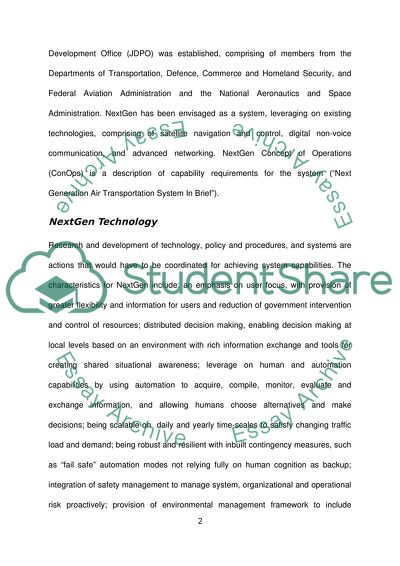Cite this document
(Human Factors Considerations in the Vision for the Development of Research Paper, n.d.)
Human Factors Considerations in the Vision for the Development of Research Paper. Retrieved from https://studentshare.org/technology/1724299-human-factors-the-faas-next-generation-air-transportation-system-nextgen
Human Factors Considerations in the Vision for the Development of Research Paper. Retrieved from https://studentshare.org/technology/1724299-human-factors-the-faas-next-generation-air-transportation-system-nextgen
(Human Factors Considerations in the Vision for the Development of Research Paper)
Human Factors Considerations in the Vision for the Development of Research Paper. https://studentshare.org/technology/1724299-human-factors-the-faas-next-generation-air-transportation-system-nextgen.
Human Factors Considerations in the Vision for the Development of Research Paper. https://studentshare.org/technology/1724299-human-factors-the-faas-next-generation-air-transportation-system-nextgen.
“Human Factors Considerations in the Vision for the Development of Research Paper”, n.d. https://studentshare.org/technology/1724299-human-factors-the-faas-next-generation-air-transportation-system-nextgen.


